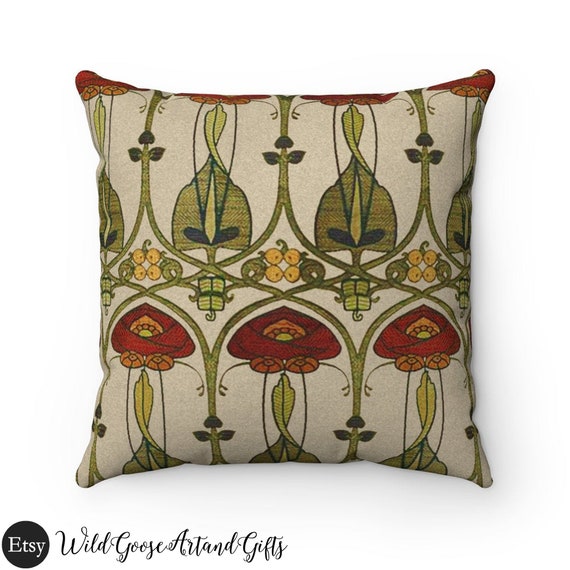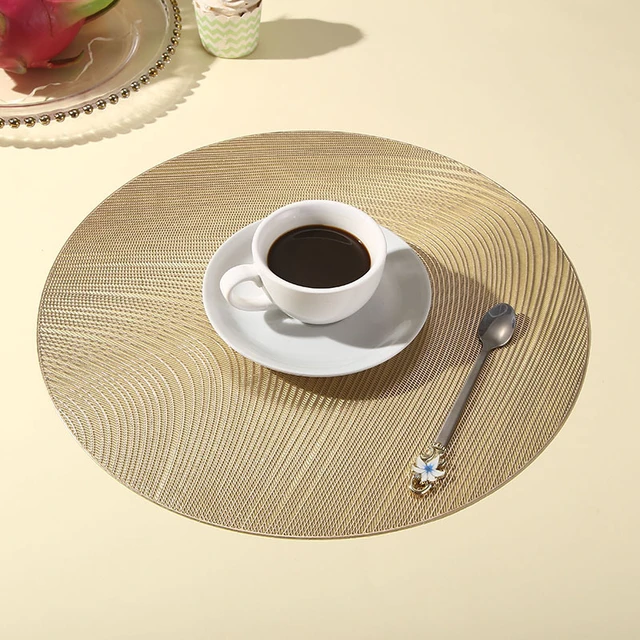Top News Sites Fundamentals Explained
Top News Sites Fundamentals Explained
Blog Article
A Biased View of Unique Art
Table of ContentsThe 8-Minute Rule for Unique ArtThe Only Guide for Unique ArtThe 5-Minute Rule for Unique ArtThe Single Strategy To Use For Unique Art
While one might dispute which art form holds priority, the fact continues to be that each of these 7 types offers an unique home window right into human history, culture, and evolution. They are the tapestries that chronicle our journey, advising us of our past while motivating visions for the future.Terrific art work narrates, makes people look two times, and creates an one-of-a-kind experience that can not be matched. Art and pictures connect all of that through shade, form and other design components. Find out how to make your distinct art work stand out from the crowd.

8 TRIA GIOVANEqual parts grand and laidback, this entrance hall made by Anthony Baratta is the ideal plan to follow if you're decorating a formal entryway that still feels unfussy and comfortable. Formed textiles take center stage (see the carpetings and the couch), however they also aid bring the high ceilings to a human range when hung over wallpaper.
The Ultimate Guide To Unique Art
18 Heidi Caillier DesignA gallery wall does not need to occupy the whole space. Occasionally a tiny one can make a bigger style declaration. In this living-room, Hiedi Caillier chose for micro-mini frames and an arbitrary make-up. Ad - Continue Reading Below19 Stephen Kent JohnsonDesigner Juan Carretero went with a deep environment-friendly paint color to comparison with the light timber finishes.
, the expression of ideas and emotions, with the creation of particular aesthetic high qualities, in a two-dimensional aesthetic language. The elements of this languageits forms, lines, colours, tones, and texturesare used in numerous means to generate sensations of quantity, area, motion, and light on a level surface. These components are incorporated right into expressive patterns in order to stand for genuine or mythological phenomena, to analyze a narrative theme, or to produce entirely abstract aesthetic relationships.
Later the concept of the "great artist" created in Asia and Renaissance Europe. Popular painters were afforded the social condition of scholars and courtiers; they authorized their job, chose its layout and commonly its subject and images, and established an extra personalif not constantly amicablerelationship with their customers. During the 19th century painters in Western cultures started to lose their social setting and safe and secure patronage.
The Ultimate Guide To Unique Art
Others earned an earnings with touring exhibitions of their job. The demand to appeal to a marketplace had actually changed the comparable (if less impersonal) needs of patronage, and its impact on the art itself was most likely comparable as well. Generally, artists in the 20th century might get to an audience only with industrial galleries and public galleries, although their job may have been sometimes replicated in art periodicals.

Do not copy the design of other artists if you're looking for your style. Duplicating other individuals's art work can be fantastic in academic objectives however it will certainly not make you closer to finding your very own special style. Your imaginative design has to be, what you like and what influences you.
I would consider your very own style as a style you paint straight from the source in normally, when you release all ideas and regulations and simply concentrate on paint, not assuming about it. Unique Art. The design has to come normally to you when you are loosened up and you can not require it or it won't be your own design, simply a person else's
Unique Art for Dummies

With time you'll be able to arrange all of them into your favored and least favorite classifications. Try to concentrate your attention on the subjects and tools that you like and before you see it coming you'll have your own individual and distinct style, like nobody else have! In the end you'll have a few favored subjects to paint and possibly a couple of favorite tools.
The design needs to establish itself gradually with a lot of method and experiments - Unique Art. Thank you for reading this blog post and if you have any type of concerns leave them in the comments below, I 'd more than happy to answer these
Report this page